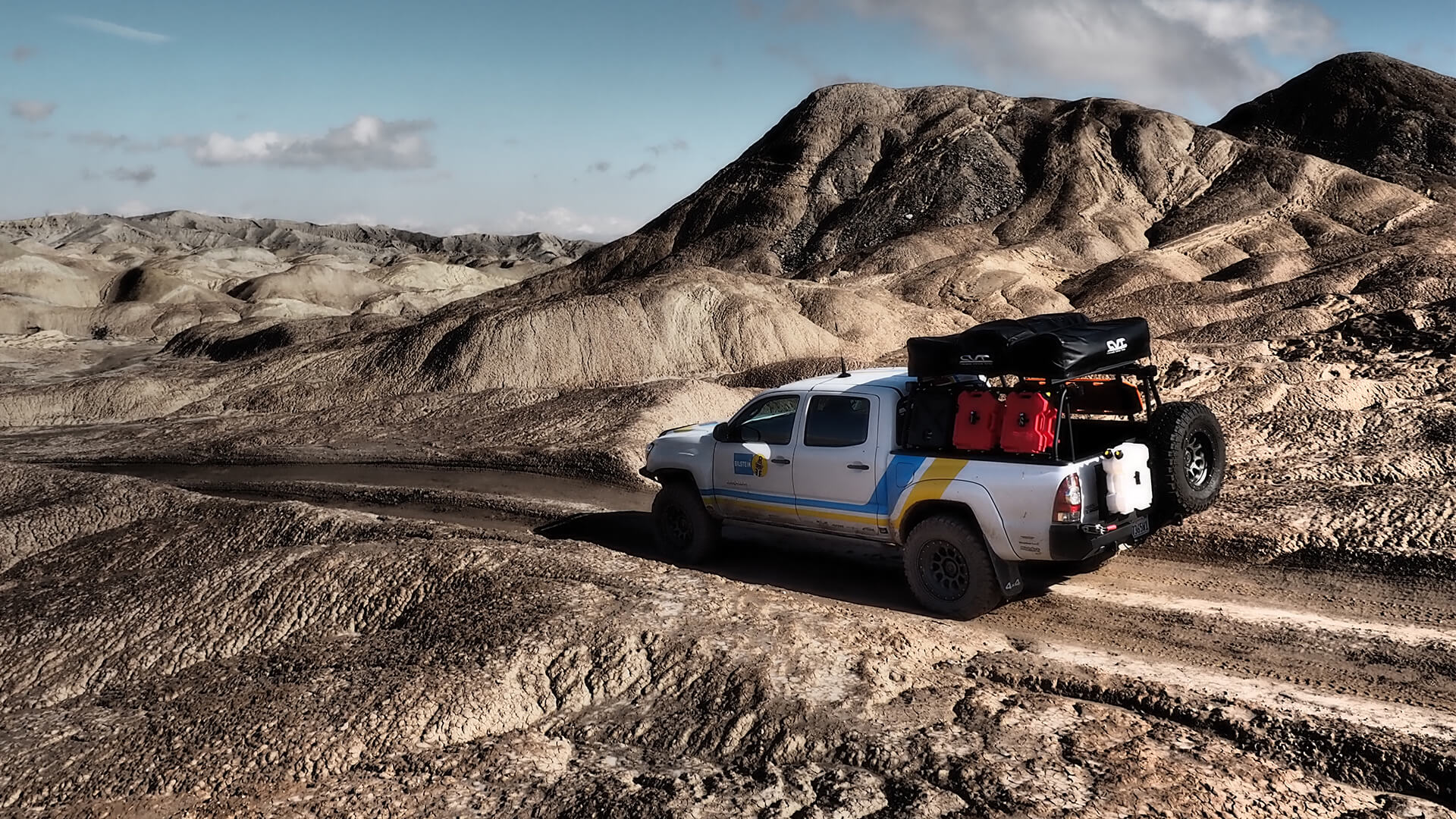
Many people (including us) thought the world was over when OEMS began ditching solid axle suspensions in favor of independent front suspensions. Initially there was good reason to fear the future. The first independent front suspensions offered were pretty awful. Using torsion bars, the inches of wheel travel could be counted on one hand. I remember my younger days of bombing across the desert in my IFS Toyota mini truck trying to do my best impersonation of Ivan “Ironman” Stewart. Unfortunately for me, my little Toyota pickup was missing at least of foot of wheel travel compared to Stewart’s. I swear, the kidney-smashing ride stunted my growth.
In search of better ride quality and easier packaging, the OEMs ditched torsion bars. In their place was added a coil-on-shock setup that took up less space and produced a much nicer ride. A plus for those who actually used their vehicles in the dirt, wheel travel numbers went up significantly too. Finally, an independent suspension could actually work in the dirt. Sure, in technical terrain solid axles would do better. But for a daily driver that saw plenty of use on-road and off, an independent front suspension could be made to work. For those who wanted even more wheel travel, a long travel system could be bolted into place after a serious commitment of cash.
Making an independent front suspension – or any suspension – work is not just about adding wheel travel. Shocks play a much more important role than many give them credit. We would rather have 8 inches of perfectly controlled suspension travel than 12 inches damped by coilovers or shocks with generic valving in them. While some people obsess over the diameter of a coilover, or how shiny it is, what is way more important is its internals. They play a more significant role in how the shock works.
A perfect example are the new Bilstein B8 8112 ZoneControl CR coilovers for 2005-15 Toyota Tacoma. On the outside, the Bilsteins look similar to most other coilovers on the market. But on the inside things get radically different than any other coilover on the market. And as moms love to say, it’s what is on the inside that counts. That is definitely true for shocks. Let’s take a peek inside Bilstein’s latest to see just what is going on.
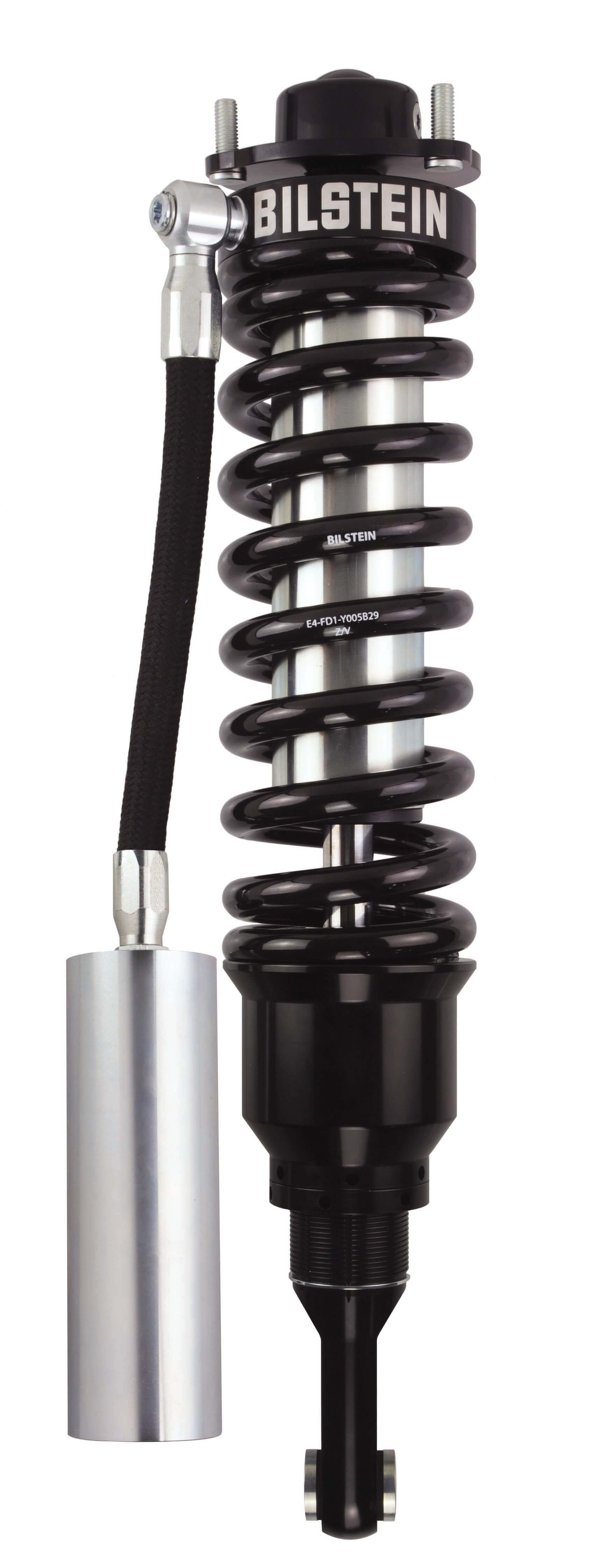
We will admit that we gave a collective yawn when we first saw the Bilstein B8 8112 coilovers. We figured they were just like every other Toyota Tacoma coilover on the market. How wrong we were. From the outside, they do look similar to conventional coilovers, with only the threaded adjusters located on the bottom of the shock instead of the top being different. However, the inside is radically different. Giving them the company’s ZoneControl CR moniker, the B8 8112s are actually position-sensitive and feature three zones of compression and two zones of rebound control. There are three independent pistons working inside of the B8 8112, compared to the single piston found in most. Other items of note are the 2.75-inch diameter body and adjustability from 0.6-2.5 inches of lift. They add about 1 inch of wheel travel and work with stock or aftermarket upper control arms. A 60mm remote reservoir aids in cooling. They can be rebuilt, and are made in USA.
Bilstein just didn’t make a solution on the front of the Tacoma, but the rear. The new Bilstein B8 8100 bypass shock will bolt right into place on the rear of any 2005-15 Toyota Tacoma with 0-1.5 inches of lift. A bypass shock incorporates position-sensitive valving through the use of tubes that allow shock fluid to bypass the piston and valving stack. What is the big benefit of incorporating position-sensitive valving? Traditional shocks are velocity-sensitive and have to rely only on the speed of the shaft for damping control. This often leads to valving that is a bit of a compromise (either too firm or too soft). Adding position-sensitive damping into the mix allows the B8 8100 bypasses to be very compliant at low shaft speeds and small shaft movements (like on graded roads and smaller chop) will still offering maximum bottom out control on bigger hits. A nice feature of the B8 8100s is that they use external tubes for easily tenability, and there are only two of them (one for compression and one for rebound), keeping things simple.
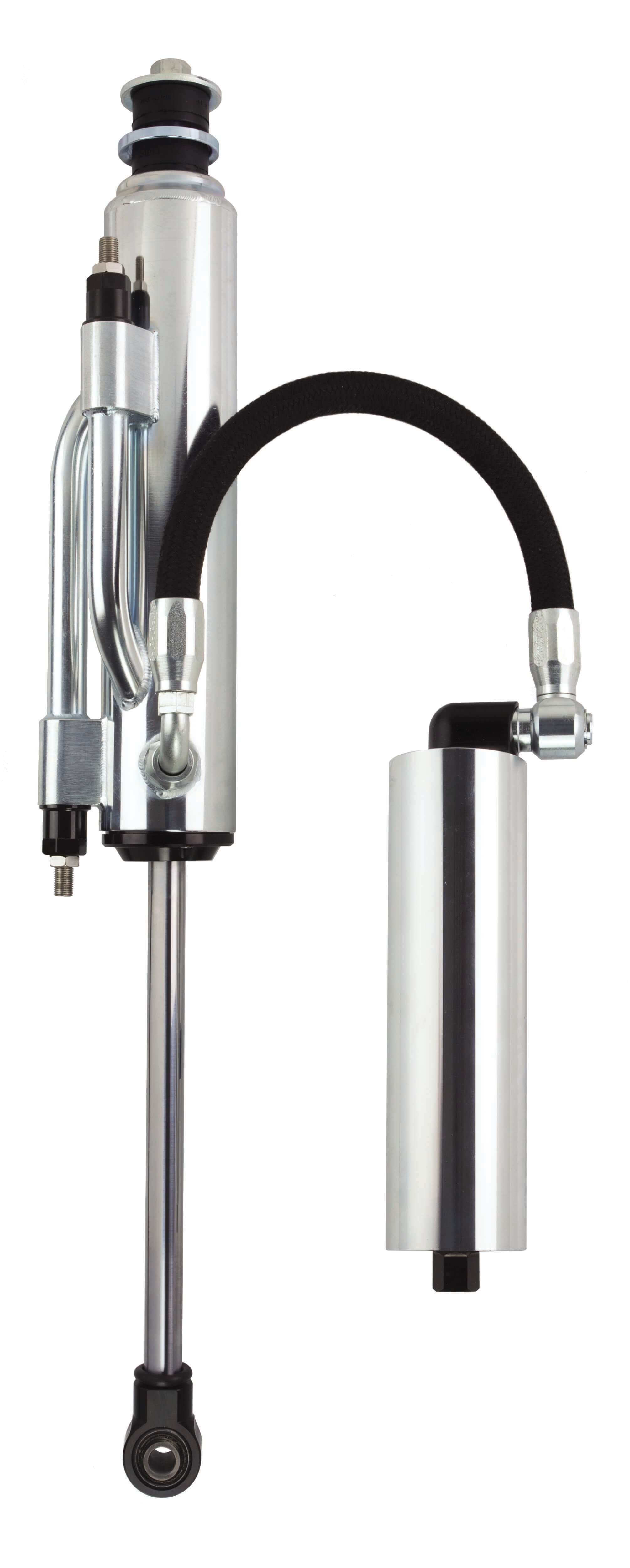
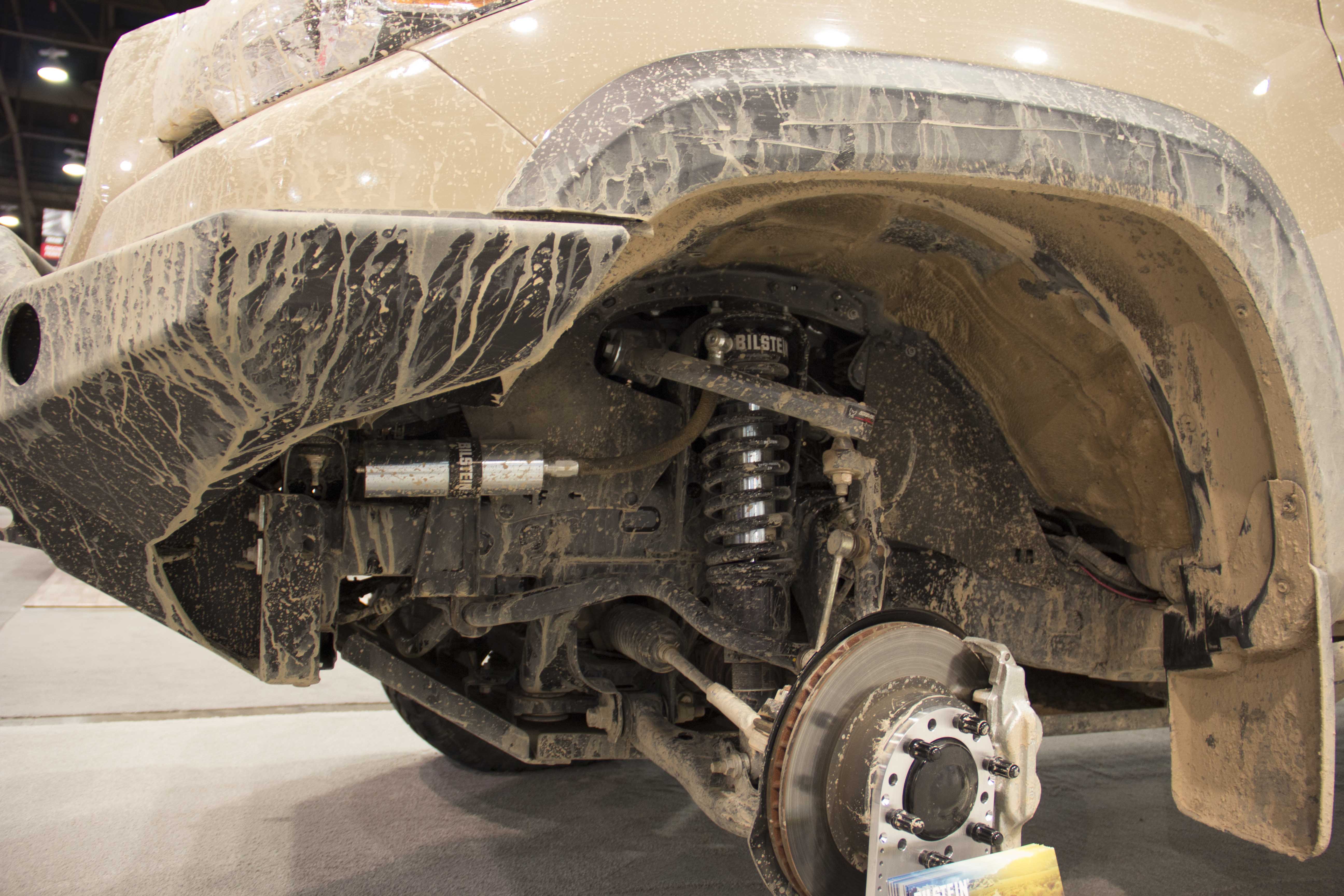
This installed shot of the B8 8112 ZoneControl CRs show them in their natural element covered with dirt and grime. It’s from Bilstein’s display vehicle at the SEMA Show, a Tacoma that was driven 400 mostly off-road miles from Bilstein’s Southern California headquarters. The trip aimed to highlight the thousands of off-road development and test miles that went into both the Bilstein B8 8112 coilovers and B8 8100 bypasses. The best thing you can do to improve suspension performance is to buy shocks that have been specifically tuned to your vehicle. Bilstein spent a ton of time getting the valving right on both their Tacoma bypass and coilover, and it shows.

The B8 8112 ZoneControl CR coilover features a main 60mm digressive piston (in purple on this internal view). It functions like a regular piston found in most conventional shocks. As the shaft moves up and down, shock fluid flows through holes in the piston and deflects valving shims on both sides of the piston. One shim stack controls rebound, and the other stack controls compression.
Right above the main piston is the first component of the unique Jounce Cut Off (JCO) system, the Jounce Cut Off Compression Valve Piston (in blue). As the shock goes through its compression stroke, it travels upward and eventually goes into the second part of the JCO system, the Telescoping Internal Compression Stop (the cylinder directly above it). When that happens, compression damping is greatly increased as shock fluid has to flow through the piston. The concept is somewhat similar to a jounce cup, but better executed.
As you might have gathered from its name, the Telescoping Internal Compression Stop (colored grey at the top of the shock) telescopes upward into the shock body when the Jounce Cut Off Compression Valve Piston fully engages it. This gives the third zone of compression control and provides maximum bottom out control. It may seem complex, but it eliminates the need for external hydraulic bump stops. The JCO system ramps up compression significantly in the final inches of shock movement to take the harshness out of bottoming out the suspension.
The Rebound Cut Off (RCO) system decelerates rebound to make it more controlled. It consists of two components: the RCO Secondary Rebound Valve Piston and the Internal Rebound Stop. The Secondary Rebound Valve Piston (in red) sits directly underneath the main piston but is smaller in diameter. Like conventional shocks, the main piston controls rebound with the RCO system providing even more control as the shock progresses through the rebound stroke.
The second part of the RCO is the Internal Rebound Stop (in red at the bottom of the shock). As the Secondary Rebound Valve Piston travels downward in the rebound stroke, it will eventually come in contact with the stop. Once in contact, shock oil has to flow through the piston. This decelerates the rebound to make it much more controlled. While it may sound complicated, its operation is seamless.
If you are still confused about how the Bilstein B8 8112 ZoneControl CR shocks work, check out the video below:
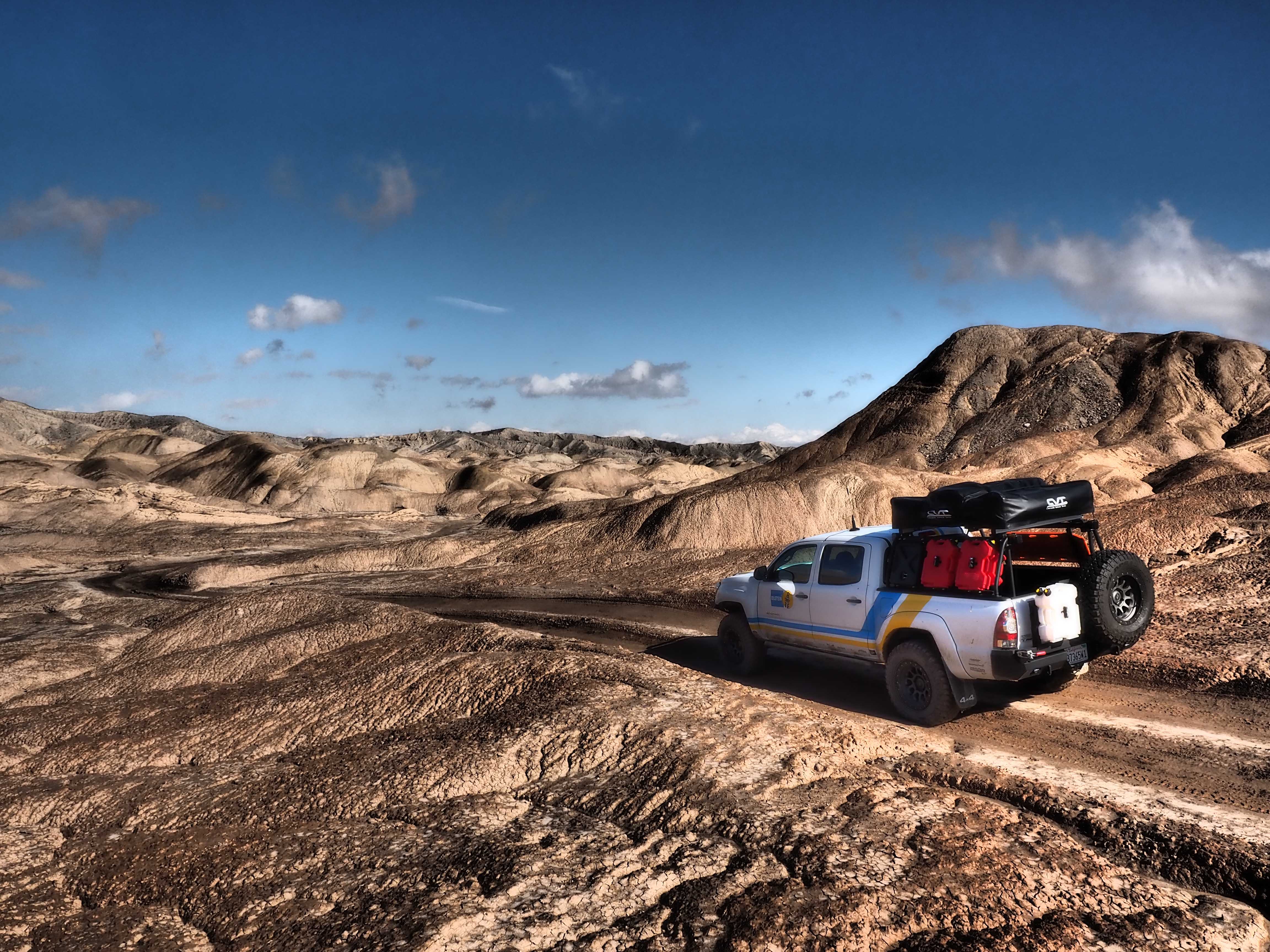
The big question: does it work? The short answer is yes, and quite well. We put in some solid miles in Anza Borrego and Ocotillo Wells with a 2015 Toyota Tacoma equipped with Biltstein B8 8112 coilovers and Camburg upper control arms in the front along with B8 8100 bypass shocks in the rear along and Deaver springs. We went over a variety of terrain focusing on trails with plenty of graded terrain, ruts, embedded rocks, chop, smaller whoops, and faster trails. In a stock Tacoma the result would be plenty of head toss, seat belt rash and a rough ride. With the Bilstein equipped Tacoma on smaller chops and hits that can be jarring, the position-sensitive valving and bypass shocks in the rear could really be felt working. The ride was extremely smooth, without us getting tossed about in the cab. When we got a little too happy with the throttle and ran out of wheel travel, the JCO System really came into play. There was no harsh bottoming out of the suspension. the RCO system could be felt working as it completely eliminated the pogoing that can happen when rebounding rapidly from full stuff. After about 50 miles of dirt, the key words that came to our mind were comfort and control. The system simply works, and works well.


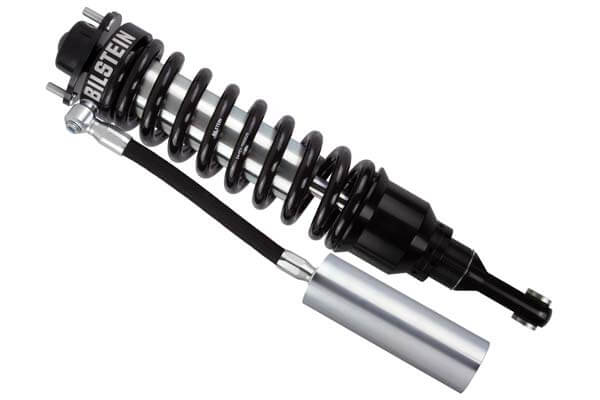

2